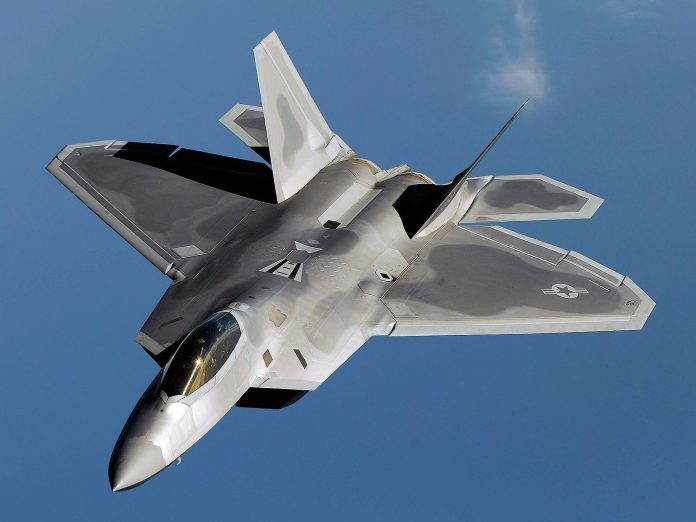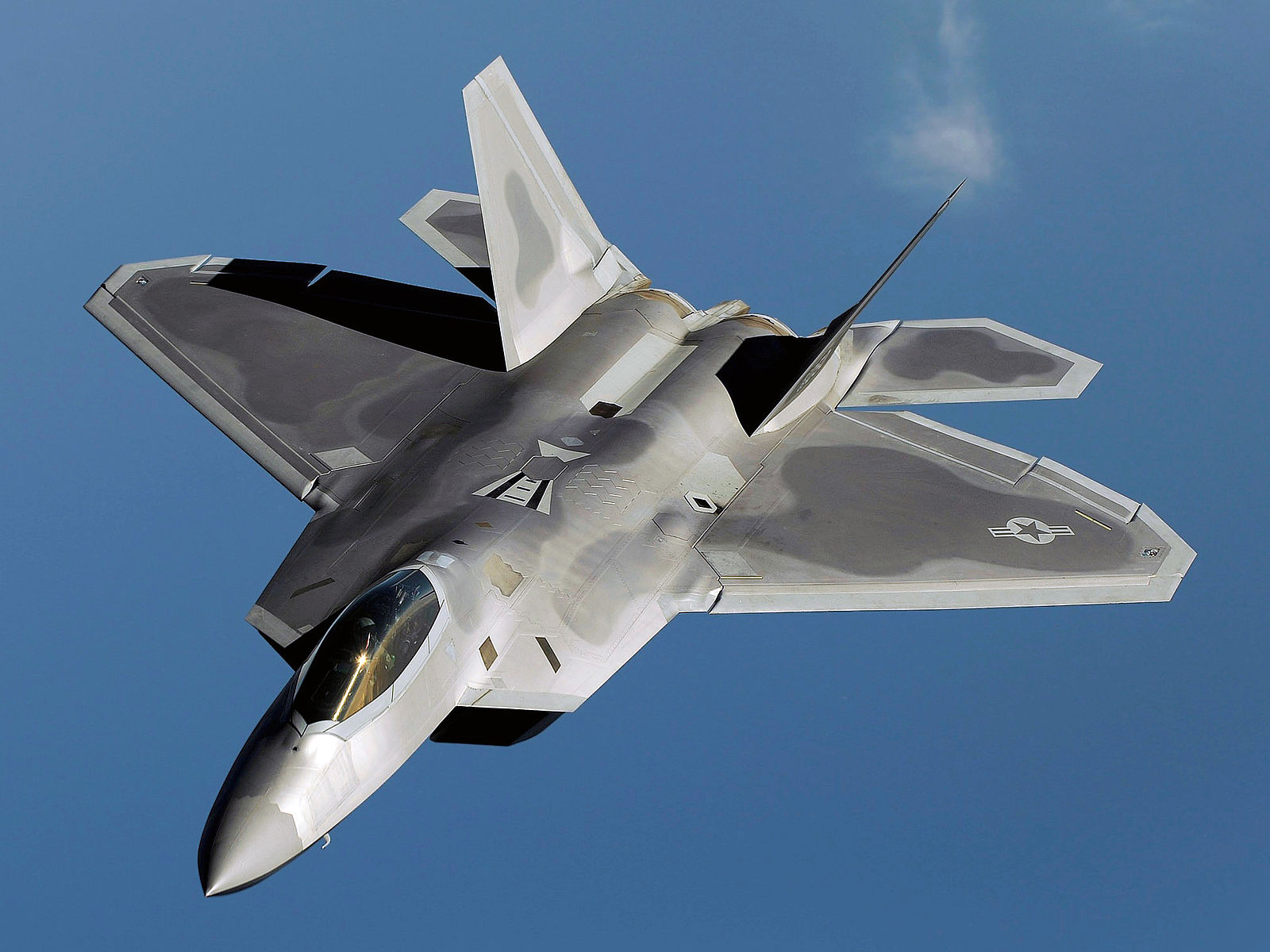
The remarkable stealth, speed, and payload of the F-22 Raptor quickly established it as the dominant fighter jet in the skies. Naturally, the Navy considered adapting this formidable aircraft for its own needs.
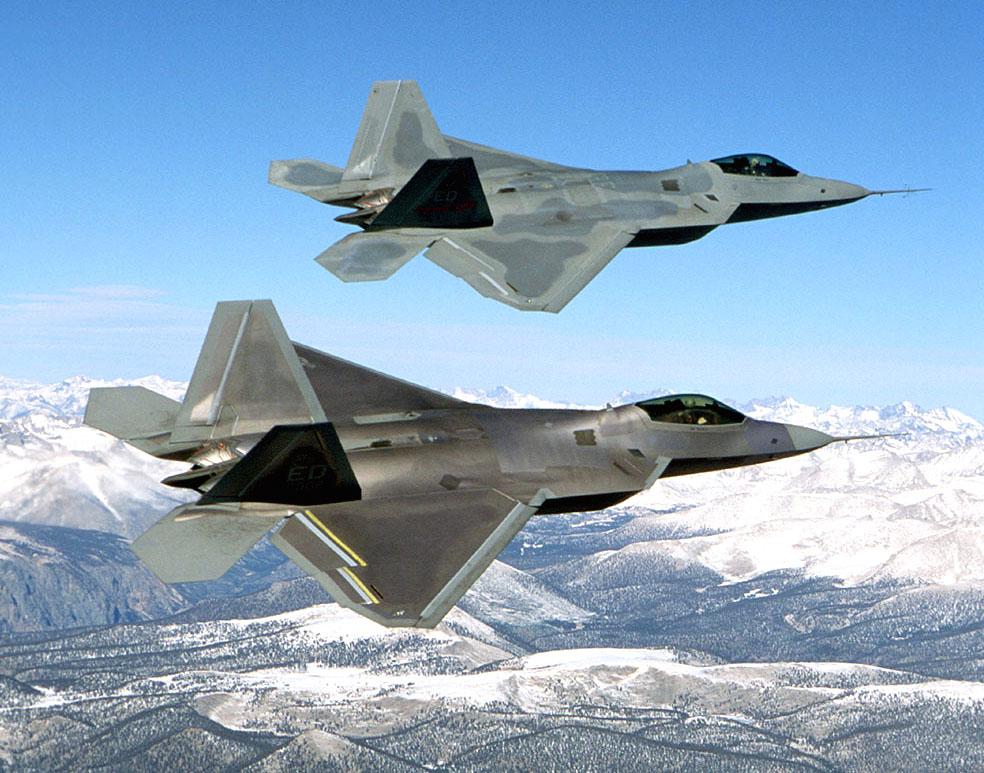
The Lockheed Martin F-22 Raptor was the first fifth-generation fighter jet to take flight. This American platform became an instant legend and remains arguably more formidable than newer fighter jets.
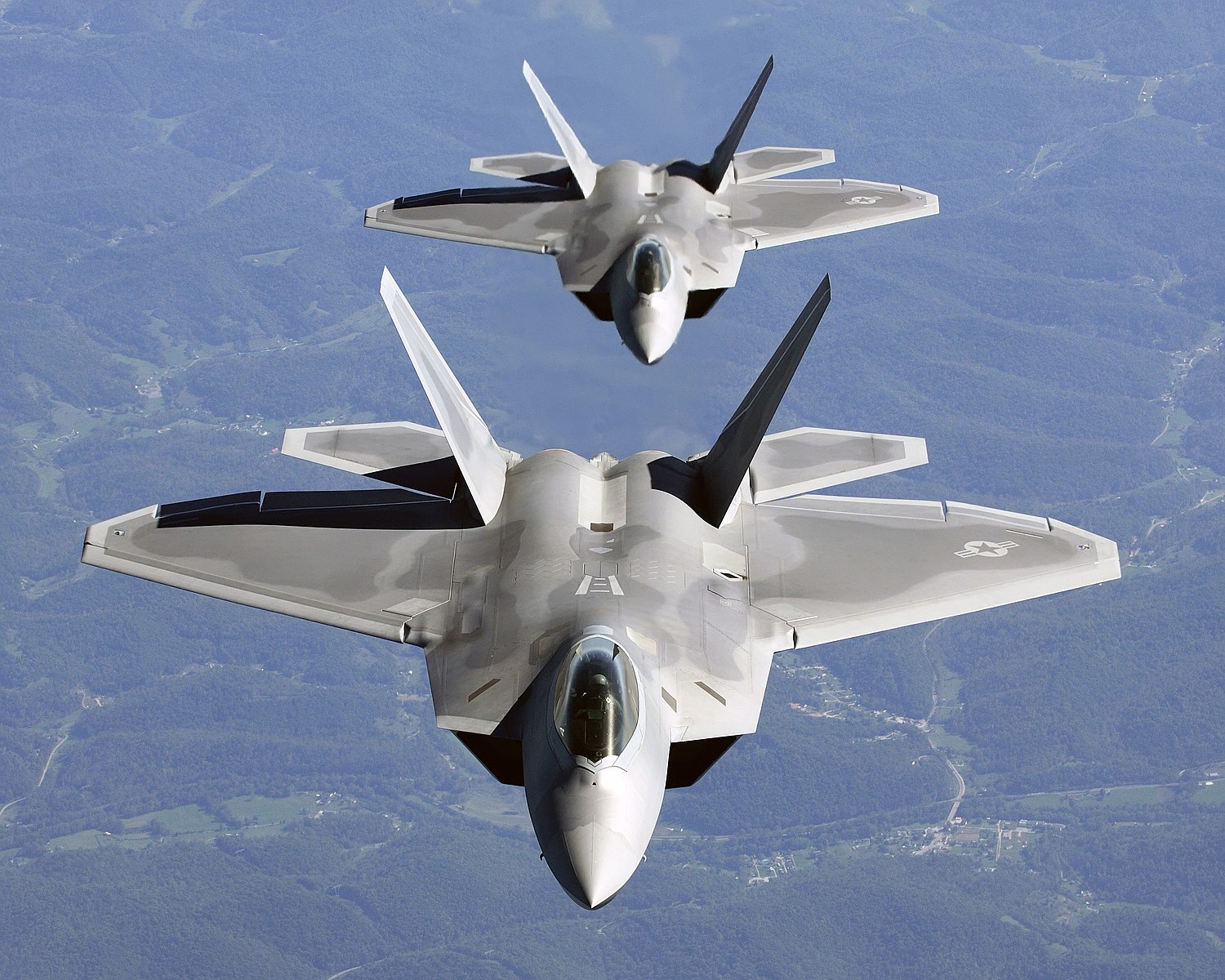
With its combination of supermaneuverability, stealth, and supercruise capabilities, the Raptor is a cornerstone of the U.S. Air Force’s aerial strategy.

At one point, the Navy sought its own carrier-capable variant, known as the “Sea Raptor.” However, this version never materialized.

The Raptor emerged from the U.S. Air Force’s Advanced Tactical Fighter program. Designed in the 1980s as the ideal air superiority fighter, the F-22 was developed to address the perceived “mission deficiency” against the Soviet Union’s expanding fleet of modern fighters.
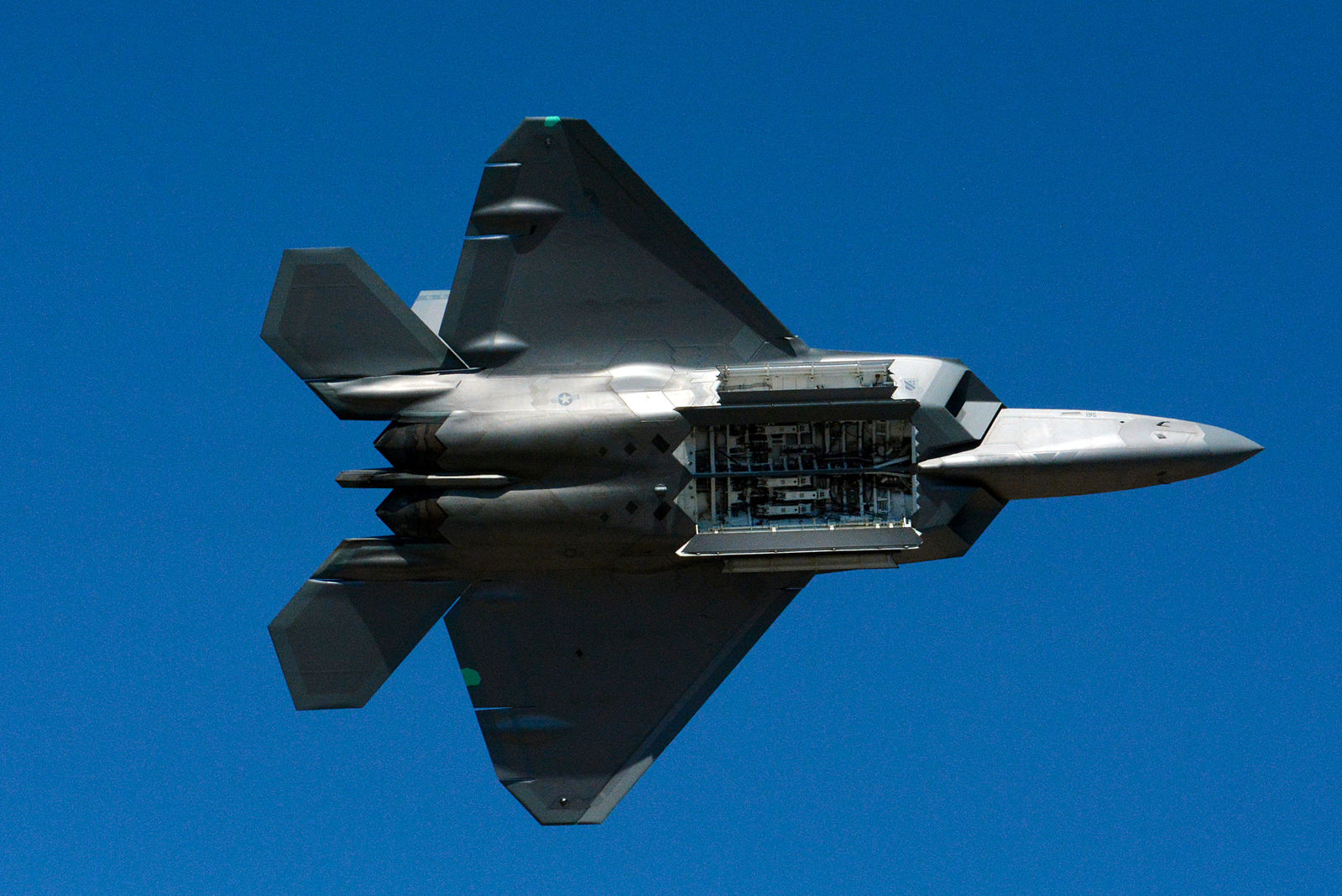
Arguably, the Raptor’s most remarkable feature is its exceptionally small radar cross-section.
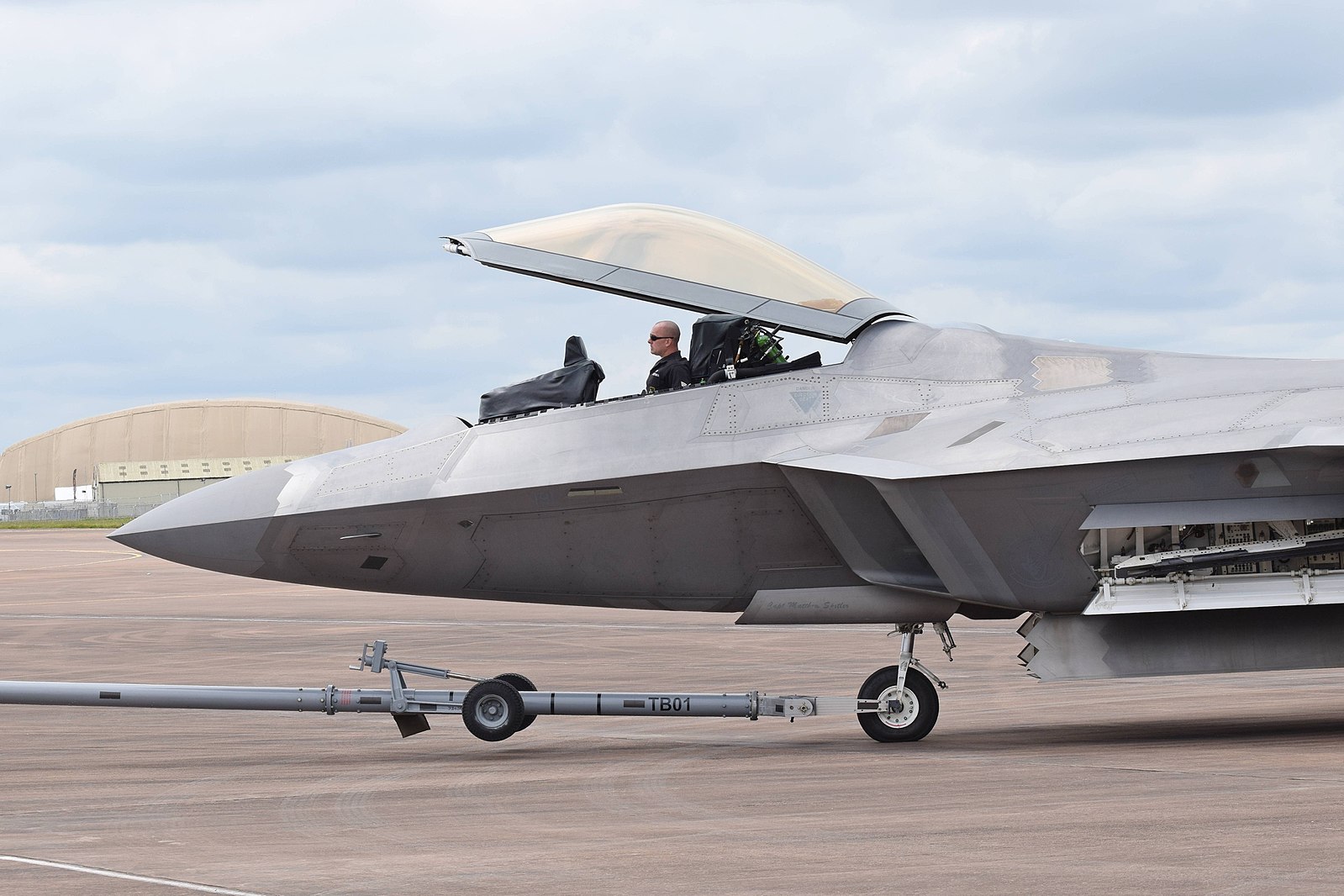
This older platform is at least five times less detectable than the F-35 Lightning II. It is powered by two Pratt & Whitney F119-PW-100 turbofan engines, which collectively produce approximately 70,000 pounds of thrust.

In terms of armament, the F-22 boasts three internal weapons bays. In its stealth configuration, the jet can carry two AIM-9 Sidewinder missiles and six AIM-120 Advanced Medium-Range Air-to-Air Missiles (AMRAAMs) in its side weapons bays, along with two AIM-120 AMRAAMs and two GBU-32 JDAM bombs.
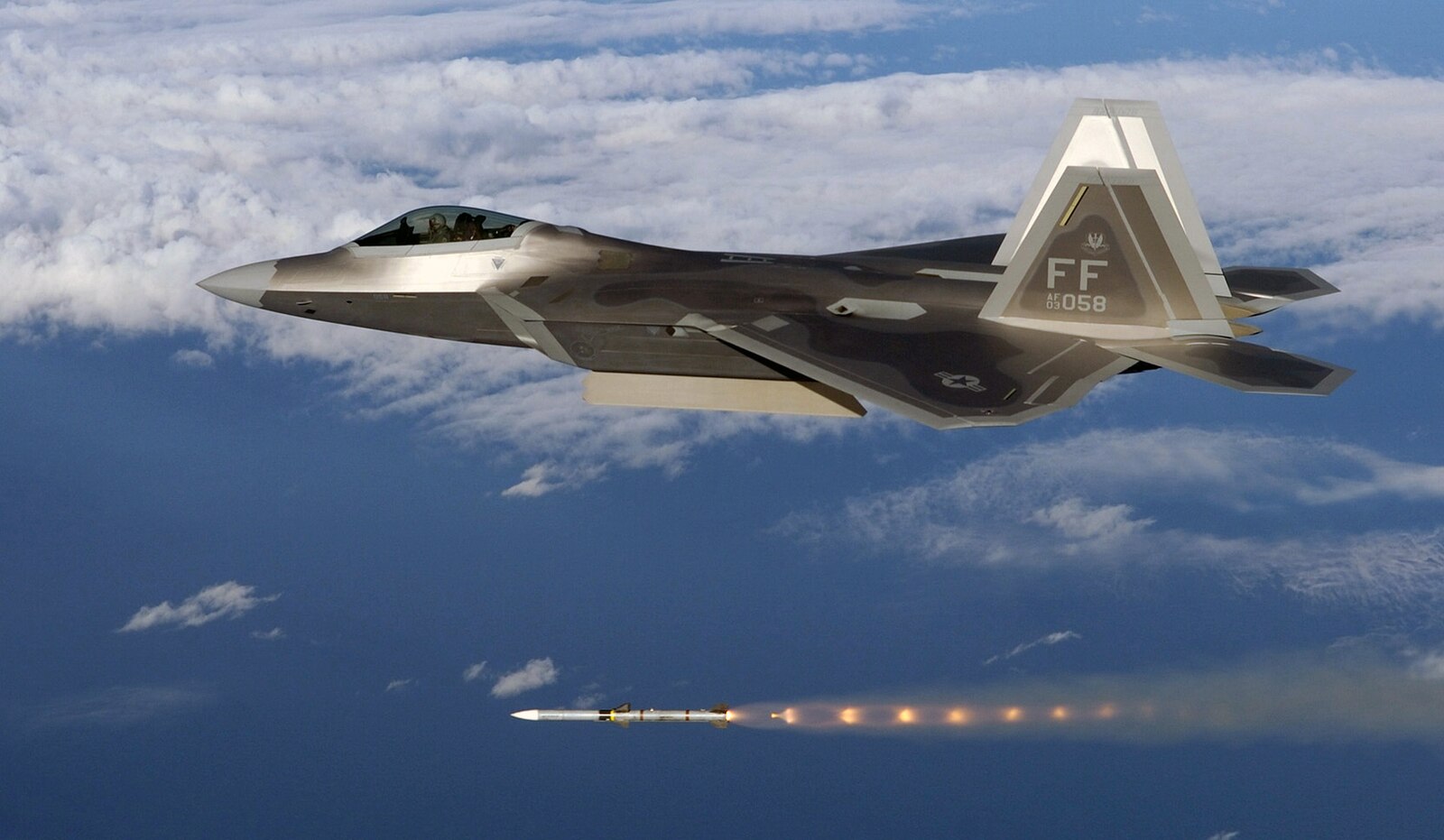
The Raptor’s remarkable stealth, speed, and payload quickly established it as the dominant fighter jet in the skies. Consequently, the Navy considered adapting the F-22 to meet its own requirements.
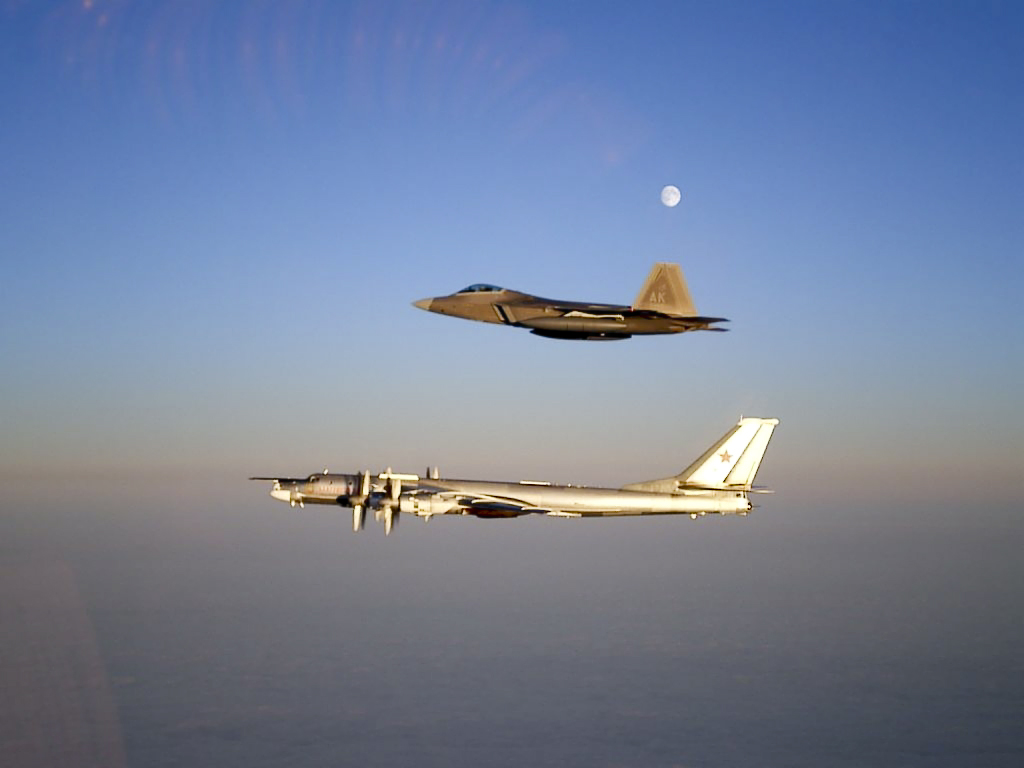
To make the jet carrier-capable, Lockheed Martin would have needed to implement several critical design modifications. The Navy variant would require a variable sweep-wing design similar to that of the F-14 Tomcat.
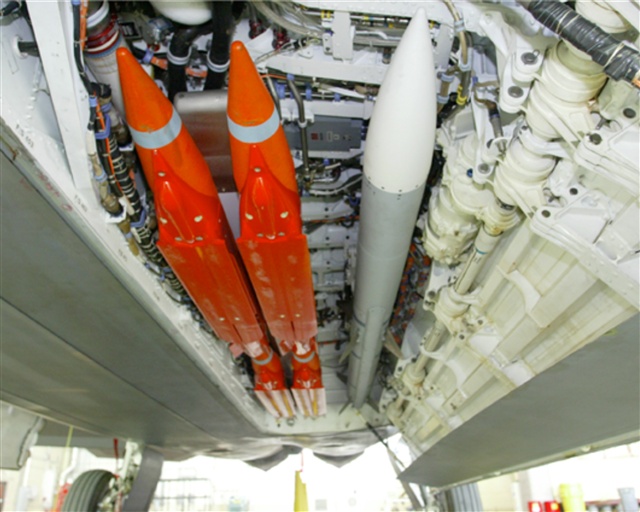
However, this specific design posed a challenge for engineers, as it would compromise the aircraft’s small radar cross-section and stealth capabilities.

Shortly after the Raptor entered production, the collapse of the Soviet Union changed the strategic landscape for the U.S. military, reducing the immediate necessity for the F-22. As a result, production was limited to 187 units.
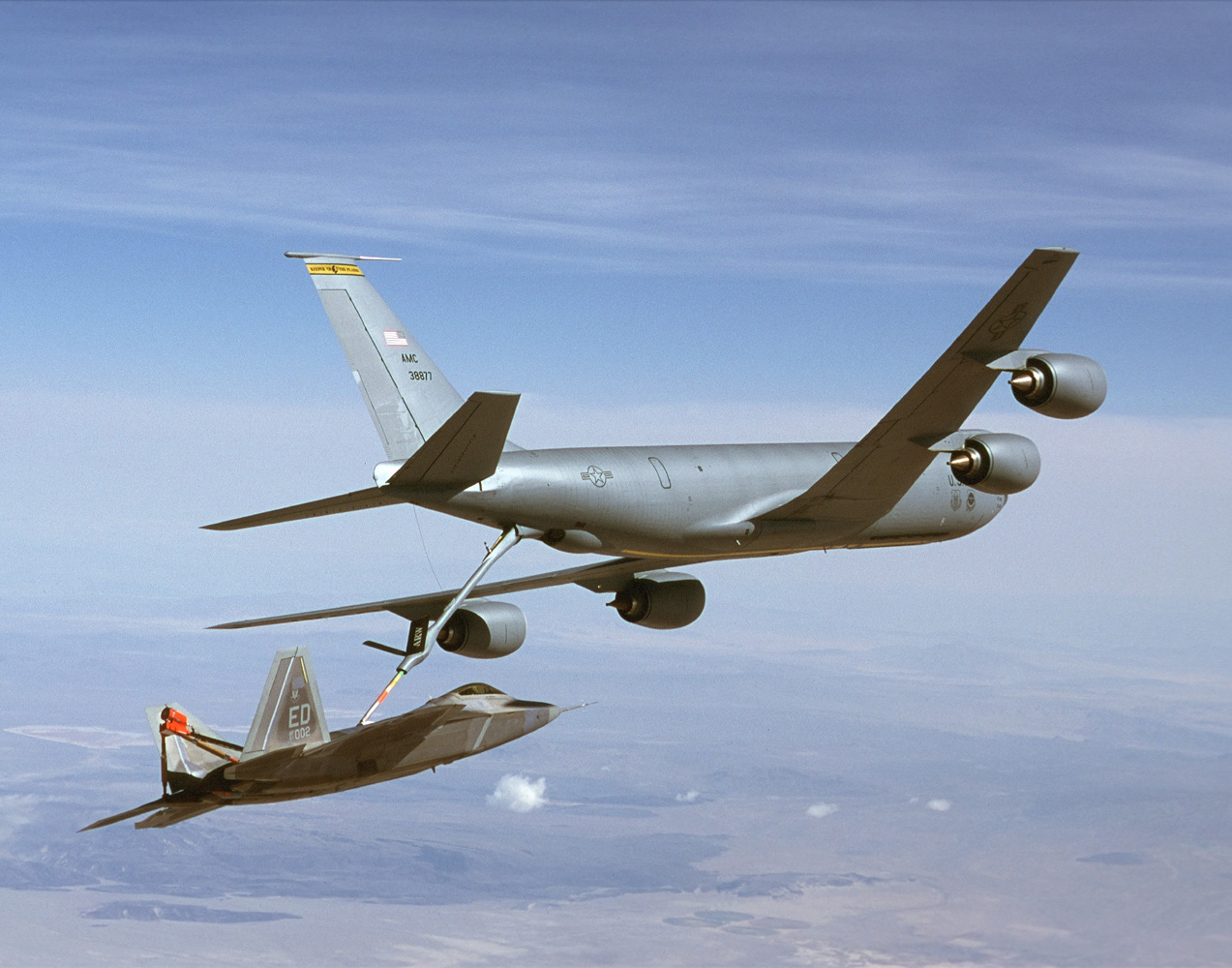
The subsequent F-35 Joint Strike Fighter, a true multirole aircraft, became the focus for all service branches.
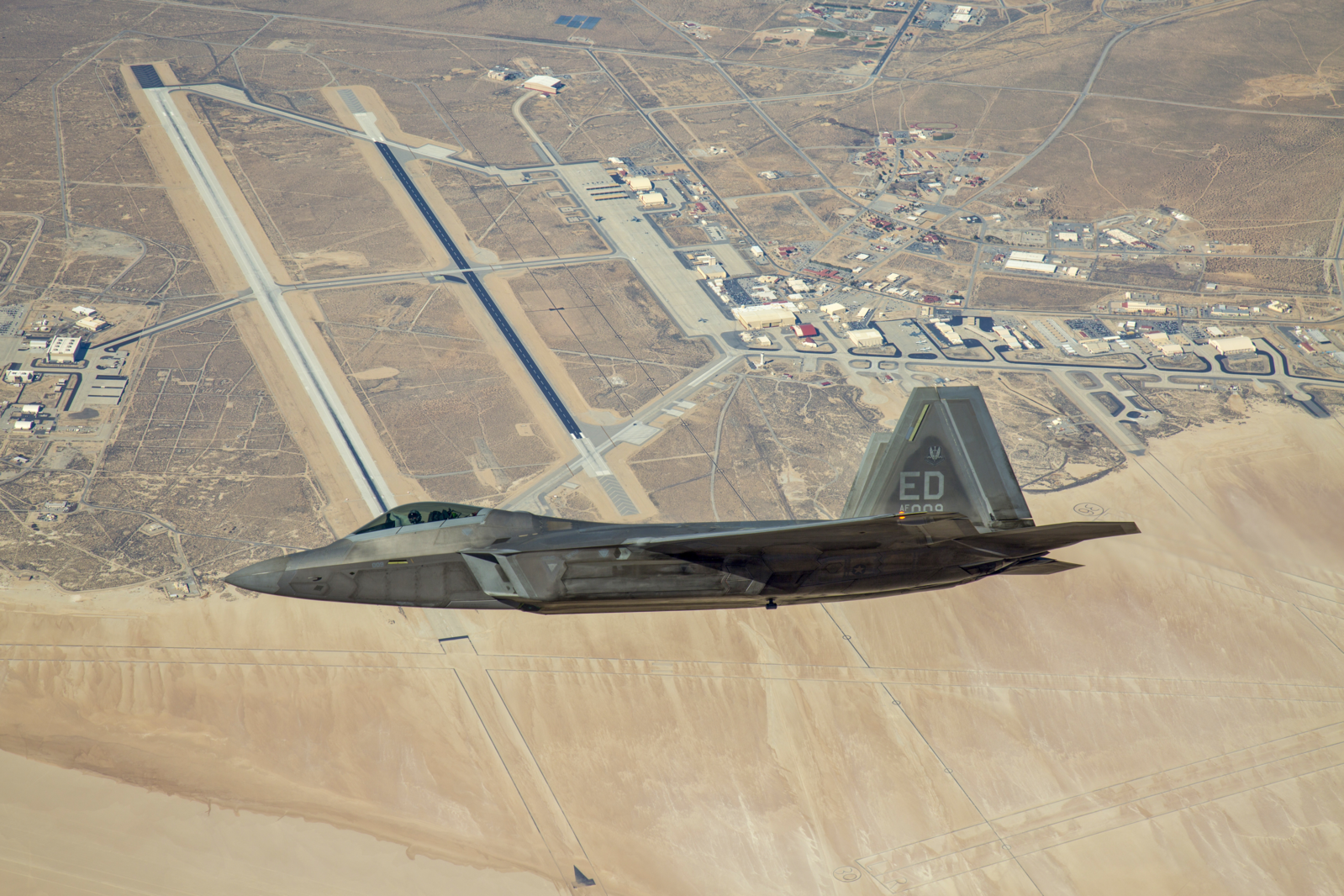
Instead of developing a carrier-capable variant of the Raptor, the Navy opted for the F-35C Lightning II.

The Navy’s F-35 variant is highly advanced, featuring state-of-the-art sensors capable of managing aerial battles and conducting intelligence, surveillance, and reconnaissance missions. This carrier-capable variant is expected to serve the Navy for decades to come.
Relevant articles:
– F-22 Sea Raptor: Stealth Fighter ‘Beast’ Flying from U.S. Navy Aircraft Carriers, The National Interest
